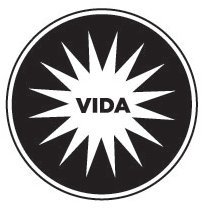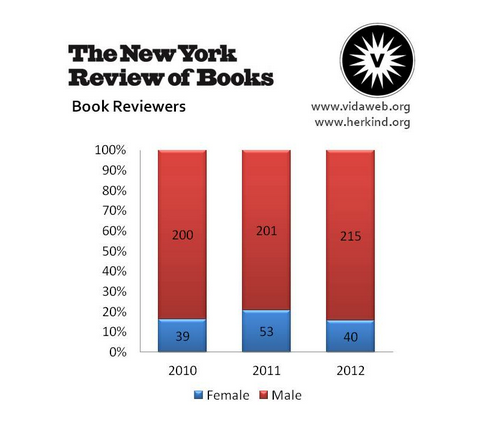 It was the first day of my first college English class, and the teacher of our freshman seminar opened the discussion by announcing that, in this class, we were going to read only books written by women authors. My first thought was that that seemed to be a rather arbitrary and meaningless distinction. Then she asked us to stop and think over the books we had read in our recent high school English classes. I mentally ran through the list. I was stunned. They were all male. And I hadn’t even noticed!
It was the first day of my first college English class, and the teacher of our freshman seminar opened the discussion by announcing that, in this class, we were going to read only books written by women authors. My first thought was that that seemed to be a rather arbitrary and meaningless distinction. Then she asked us to stop and think over the books we had read in our recent high school English classes. I mentally ran through the list. I was stunned. They were all male. And I hadn’t even noticed!
This moment many years ago marked the beginning of what became for me a life-long interest in women’s literature, particularly in the contemporary American novel as envisioned by female writers. College, in particular, was for me something of a feminist awakening.
So how is it that my attention has flagged, and that I have stopped noticing the gender of authorship in a crucial professional arena?
I have only just become acquainted with the VIDA, an organization for women in the literary arts. As they describe themselves: “VIDA was founded in August 2009 to address the need for female writers of literature to engage in conversations regarding the critical reception of women’s creative writing in our current culture.”
The project VIDA calls “The Count” began in 2010 when they “took on a seemingly simple project: to count the rates of publication between women and men in many of our writing world’s most respected literary outlets.” The Count looked at publications that contained book reviews and compared the number of male vs. female reviewers, as well as the number of books by men vs. books by women that were reviewed. The publications monitored included The New York Times Book Review, Harper’s, The New York Review of Books, The Paris Review, The New Republic, Granta, Boston Review, The Times Literary Supplement and more.
The results, augmented with “attractive pie charts,” sent the literary community into “hyper drive,” according to VIDA. Apparently it not been widely noticed nor codified and quantified just how off-balance was the literary gender divide one decade into the 21st century. Some examples from 2010: number of book reviewers at The Atlantic—men: 21; women: 5. Authors reviewed: women: 10; men: 33. Harper’s: 46 men reviewed; 21 women. The New York Review of Books: 306 men; 59 women.
Fast forward three years to the 2012 Count, released early this past March. VIDA was hoping that the attention garnered by previous counts might have yielded some results. What they found? Not so much. They tout positive steps by The Boston Review and Threepenny, and mention Poetry as “the most consistently equitable in its publishing practices, reaching a 45% height of women published in 2012.” But other numbers are bleaker. The New York Times reviewed 237 women authors in 2012 and 488 men. The New Yorker: 58/138 female/male. You see the pattern.
VIDA’s goal moving forward is “to turn the conversation into reader practice.” They urge readers to vote with their wallets and not support publications that do not “give voice, and pages, to a broader range of writers,” as well as to contact these publications and express their concerns. VIDA will keep counting and hopes readers will as well. I’ll pay attention now, and my thanks to VIDA for urging me to carry on the work I began in college.
* This article originally appeared on the website of Book Business, a TeleRead sister publication.
































